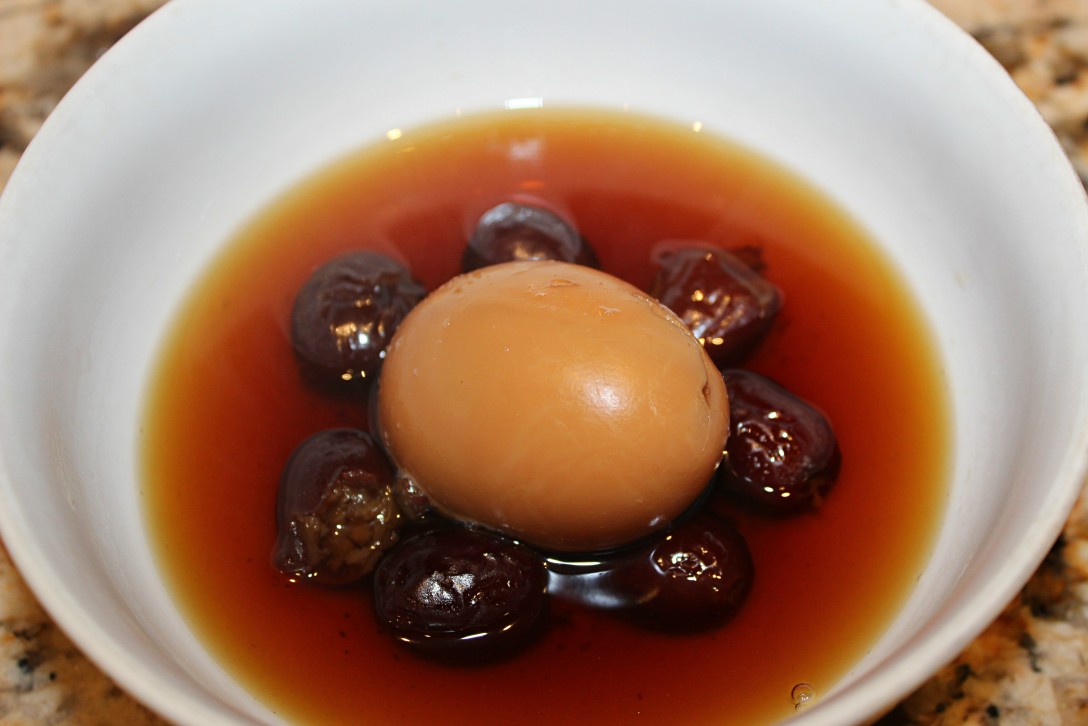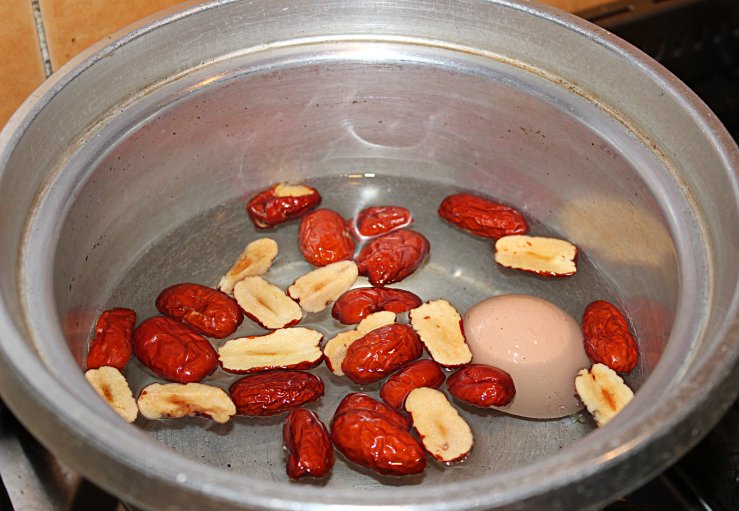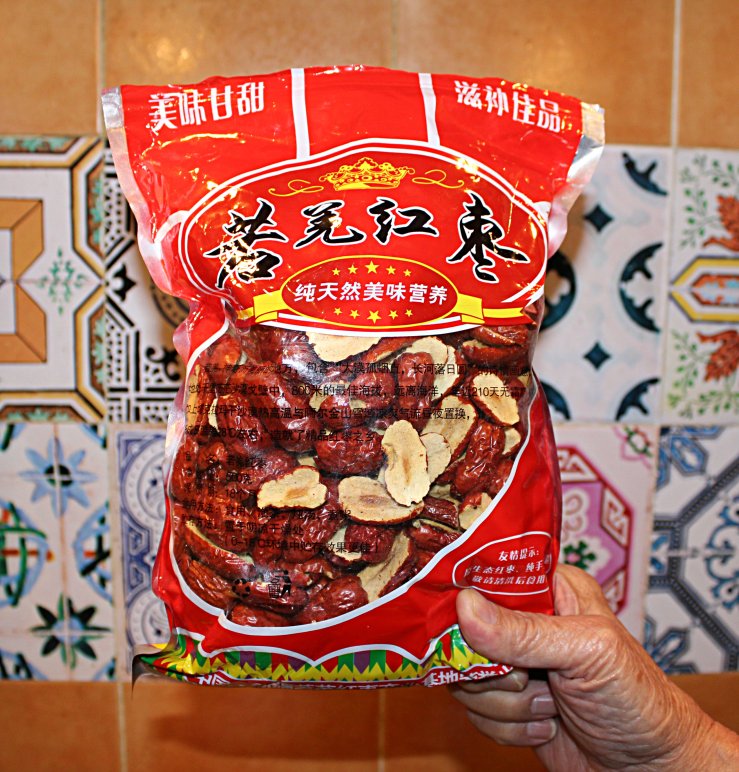Labneh is a fresh soft cheese, which is made via straining yoghurt to remove the whey, that is the watery part of milk. It is popular in Middle East and most probably originated from there because cheeses made from strained yoghurt have been eaten in the Levant* for thousands of years. Therefore, the use of labneh is steeped in Middle Eastern cuisine as shown through the traditional use of za’atar* as garnish, as dip with pita or in traditional mezze spreads.

My very first interaction with labneh was around two years ago when my mother and sister brought home some delicious deli cheeses marinating in oil from the Blue Mountains. My foremost favourite however was labneh, which on the label described itself as a yoghurt-cheese marinating in a selection of spices and herbs. It was incredibly delicious, a bit tangy with a cream cheese consistency. We would generously spread it on Turkish bread every morning, but as the jar emptied with the last spread ~ I thought it would be my last time trying this exotic cheese only to be found in the Blue Mountains.

Yeah, I was quite silly. But, I am fortunate as well to have stumbled upon this wonderful cheese again. Upon watching Masterchef this year, one of the cooks made labneh ~ a word which sounded strangely familiar so I looked it up and shock glee, it was THE cheese. It was also incredibly easy to make. So I did.

There are many variations of labneh. These variations depend on the:
- Milk of the yoghurt which can range from goat, sheep, cow, camel, water buffalo
- Consistency, that is how long it’s taken to separate whey
- For a dip-like consistency a few hours to 1 day is enough, for a harder cheese like what I have made the separation process can take up to 4-5 days
- Whether it is eaten fresh, dried or preserved in oil

Traditionally, labneh is served with za’atar as garnish. For me, I made something nostalgic and from memory. Therefore, I made a harder labneh to marinate/preserve in olive oil with chilli, rosemary and garlic. These are also known as labneh koorat which translates as labneh balls. This is the recipe I have adapted from Amelia in her Simple Provisions blog. Enjoy!
Xoxo,
Moony
* The Levant – a historical geographical term which describes “the crossroads of Western Asia, the eastern Mediterranean and North East Africa.” (UCL Institute of Archaeology) It includes countries Cyprus, Israel, Iraq, Jordan, Lebanon, Palestine, Syria and Turkey.
*Mezze – a way of eating in the Mediterranean and Middle East where there is a spread of different foods, dips, meats, bread (usually pita) and vegetable dishes to constitute an entire meal.
*Za’atar – a Middle Eastern spice blend usually consisting of sumac, sesame seeds, salt and a range of other herbs and spices depending on the recipe.
Labneh recipe:
- 1 kg greek yoghurt
- 1 tsp salt
- cheesecloth
- strainer
- kitchen string
Line the strainer with 2 layers of cheesecloth and pop over a bowl so that the strainer is not touching the bottom of the bowl.
Mix salt into greek yoghurt and stir. Pour this mixture into the strainer. Fold up the sides of the cheesecloth and tie up with kitchen string. For labneh koorat (labneh balls) leave to strain for at least three days. The longer you strain for, the harder the cheese will become.
Depending on the softness of the cheese, if the consistency is harder – you can roll them into balls. Alternatively, if it is softer you can quenelle them with two spoons (which is what I did). Pop these labneh koorat (labneh balls) or quenelles into your marinade.
Marinades:
Wet Marinade:
- Olive oil
- 3 chilies
- 6 cloves of garlic
- 1 bunch rosemary
Dry Marinade:
- Cayenne pepper
- Dry herb mix
For the wet marinade, chop up your chilies and rosemary roughly. Smash the garlic and put them all into a fry pan over low-medium heat with a bit of olive oil just to extract the flavours and oils. Then pour them into a jar with olive oil and leave them to cha cha cha.
For the dry marinade, combine cayenne pepper and whatever dry herbs you have in your cupboard ( I used thyme) in a bowl. Roll your labneh quenelles or balls into this mix and pop into a jar with olive oil.
Additional Notes:
- To quenelle, just take a spoon with a generous amount of cheese and use the other spoon to scoop it up, repeat this motion until the cheese forms an oval shape.
- You can use both the dry and wet marinade together or separately.












